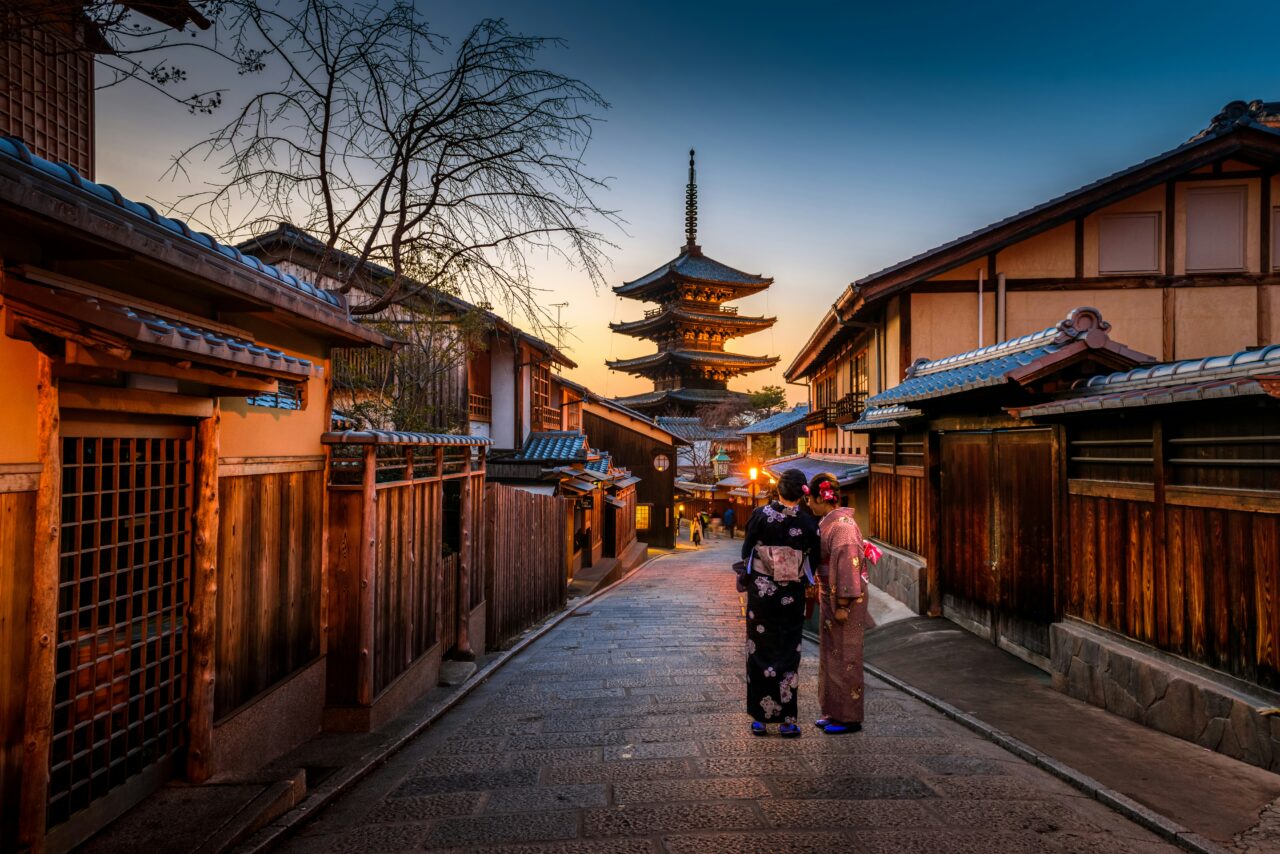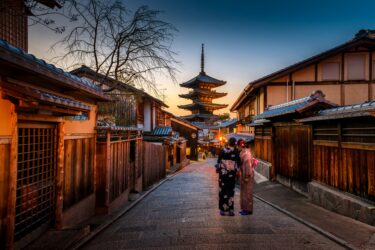- 1 Why Kyoto Captivates the World
- 2 What Makes Kyoto the Cultural Capital of Japan?
- 3 Exploring Kyoto’s Historical Legacy
- 4 Sacred Temples and Shrines in Kyoto
- 5 Traditional Arts and Crafts of Kyoto
- 6 Kyoto’s Distinctive Cuisine
- 7 Nature and Serene Gardens in Kyoto
- 8 Top Neighborhoods to Explore in Kyoto
- 9 Practical Tips for Visiting Kyoto
Why Kyoto Captivates the World
What comes to your mind when you think of Japan? If you’re like most people, you probably envision Tokyo’s sleek modern highrises or Kyoto’s traditional charm.
And there’s good reason for it.
Thanks to modern social media, Kyoto’s popularity continues to grow among travelers. Influencers often showcase peaceful and picturesque glimpses of this ancient capital city. And while social media showcases many of Kyoto’s unique aspects, it often fails to capture the true essence of Japan’s cultural heart.
Of course, there are the temples, shrines, and matcha for days, but what sets Kyoto apart from other cities in Japan is its seamless blending of the modern and the traditional.
What Makes Kyoto the Cultural Capital of Japan?
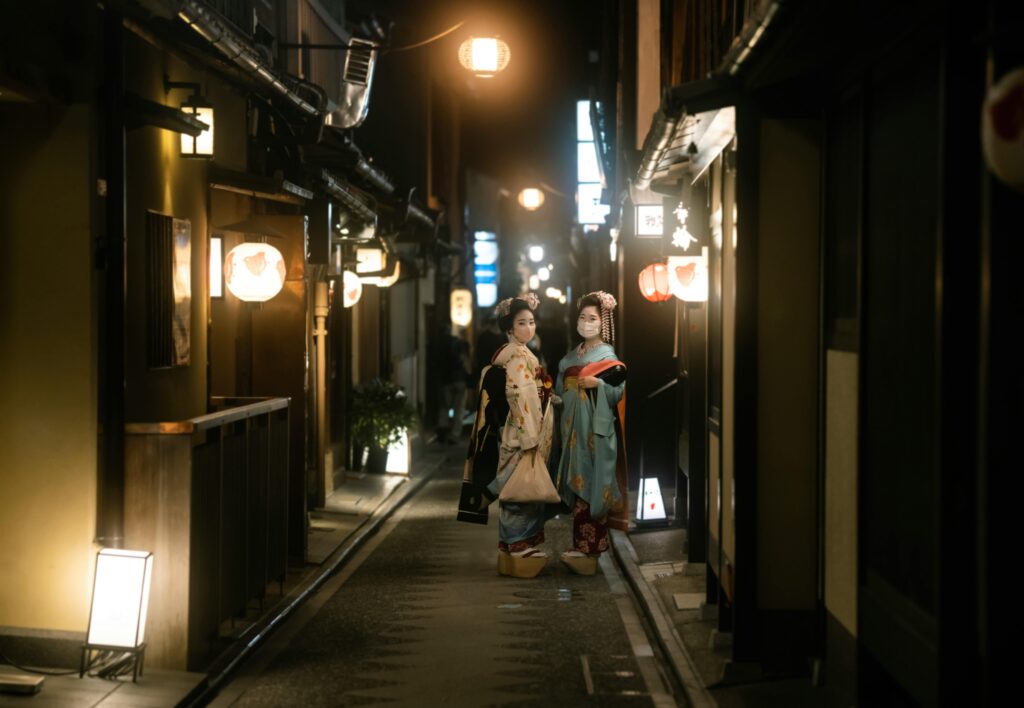
The city boasts a history spanning over a thousand years. Kyoto, Japan’s former imperial capital, became the nation’s cultural center as emperors, monks, and artisans cultivated its culture, religion, and traditions.
This rich past shows itself in the city’s many temples, shrines, and unique traditional crafts. Yet Kyoto effortlessly blends tradition with modern life in a natural and vibrant way.
Kyoto’s cultural importance also comes from its role as a center for education and innovation. Prestigious universities like Kyoto University are leaders in research and technology, attracting students and experts worldwide. Kyoto-based companies like Nintendo, Kyocera, and Omron have earned global recognition for their innovative spirit.
The city also hosts a vibrant international community. People from all over come to Kyoto to study, work, and live in this city.
Kyoto’s character is defined by its dynamic blend of old and new, a culture that constantly evolves while remaining deeply rooted in its heritage.
Exploring Kyoto’s Historical Legacy
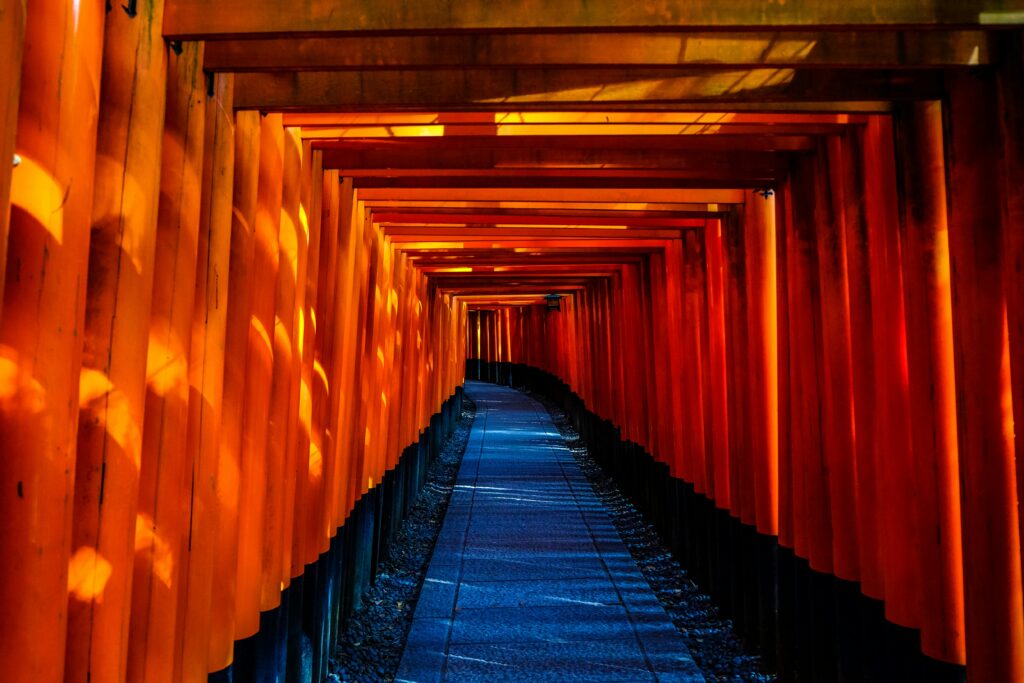
Landmarks around the city reveal more of Kyoto’s historical legacy. Kiyomizu-dera’s wooden stage extends over the hillside, a lasting example of traditional Japanese architecture. Nijo Castle’s gates stand as powerful symbols of imperial authority. And the thousands of red torii at Fushimi Inari Taisha highlight Kyoto’s deep spiritual roots.
Buddhism has also played a key role here for over a thousand years. It grew alongside Kyoto and remains central today. Many temples attract tourists, yet for locals, they’re integral to daily life as places of worship and community.
Sacred Temples and Shrines in Kyoto

Temples and shrines here offer a glimpse into centuries of belief and practice.
Fushimi Inari Taisha is perhaps the most iconic. The path winding through thousands of bright red torii gates feels endless. It’s easy to see why this shrine, dedicated to the god of rice and prosperity, holds such powerful meaning for locals and travelers alike.
Kinkaku-ji, the Golden Pavilion, offers a different kind of awe. Its shimmering gold leaf walls reflect perfectly in the still pond below, creating a peaceful scene that changes with the seasons.
Traditional Arts and Crafts of Kyoto

Kyoto’s artistic spirit runs deep. Crafts passed down through generations thrive alongside modern innovation, creating a unique blend that defines the city’s creative pulse.
Kimono weaving and dyeing remain an art form practiced with precision and care. The vibrant fabrics tell stories through patterns and colors, each piece crafted by masters who honor centuries-old techniques. Similarly, Kyo-yaki ceramics offer another glimpse into Kyoto’s heritage. These delicate yet sturdy pottery pieces blend classic designs with subtle modern touches.
What’s remarkable is how Kyoto embraces new technology without losing its roots. Some workshops now incorporate robotics and AI, speeding up repetitive tasks while preserving the human touch where it matters most. This keeps the city’s crafts relevant in a changing world.
Kyoto’s Distinctive Cuisine
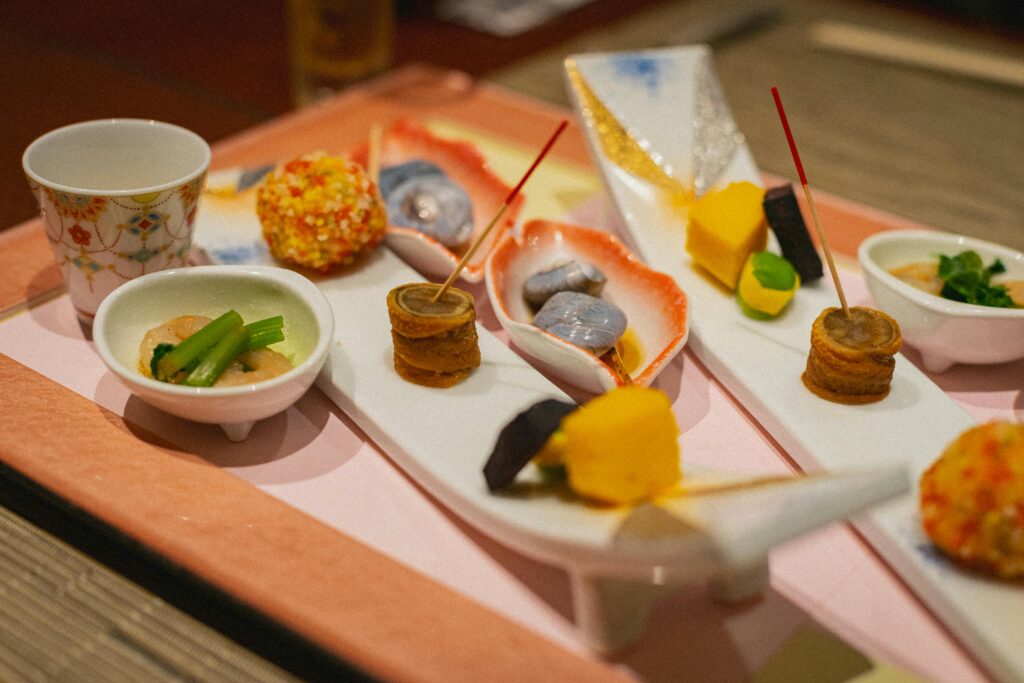
Kyoto’s cuisine embodies the city’s traditional values through its subtle yet rich flavors, emphasis on seasonal ingredients, meticulous presentation, and harmonious balance.
Kaiseki dining is Kyoto’s signature experience. This multi-course meal highlights fresh, local ingredients prepared with precision and care. Each dish is a small work of art, designed to awaken your senses and follow the rhythm of the seasons.
Matcha, or powdered green tea, is another cornerstone of Kyoto’s culinary identity. You’ll find it served in tea houses and cafes throughout the city, alongside a variety of regional teas with subtle, earthy flavors.
Kyoto’s food scene also includes lively spots serving ramen, street food, creative fusion dishes, and local sake brewed with care. No matter where you go in Kyoto, you’ll find something that fills your stomach and feeds your curiosity.
Nature and Serene Gardens in Kyoto
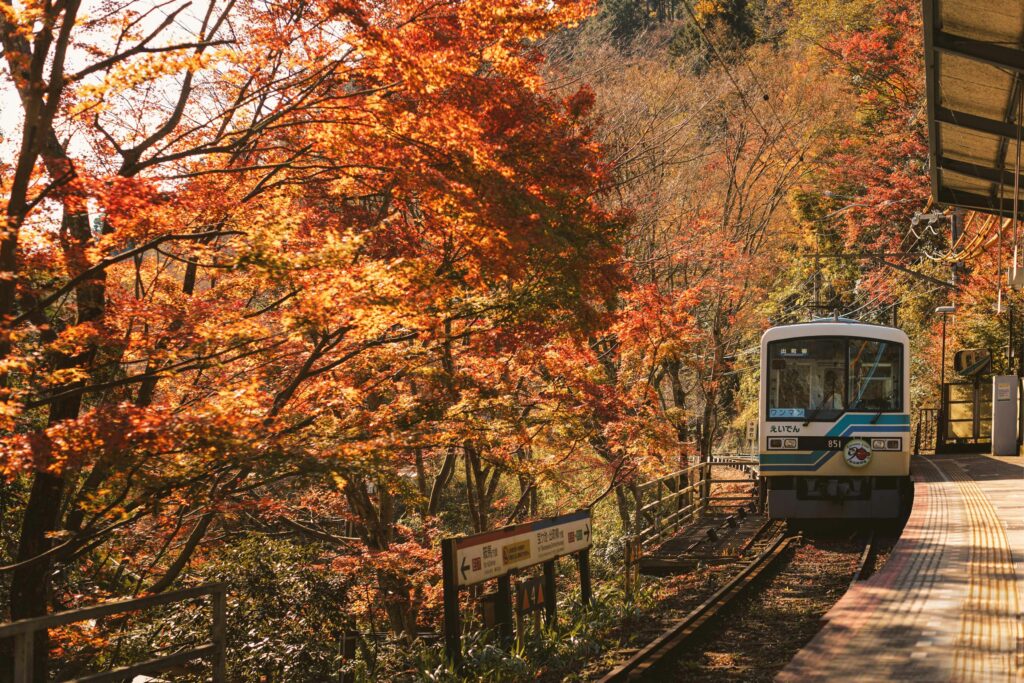
Kyoto has a strong connection to nature. It’s built into the rhythm of daily life and celebrated in every season. Parks, temple gardens, and forest paths offer quiet moments away from the rush.
In spring, cherry blossoms turn the Philosopher’s Path into a soft tunnel of pink. Summer draws visitors to the cool shade of Arashiyama’s bamboo grove. Autumn brings vibrant hues of red and yellow to the hillsides of Tofuku-ji. Even in winter, you’ll find beauty in a snow-dusted rock garden.
Spend time in these places long enough and you’ll start to notice what locals have long understood: the seasons don’t just pass through Kyoto. They shape it.
Top Neighborhoods to Explore in Kyoto
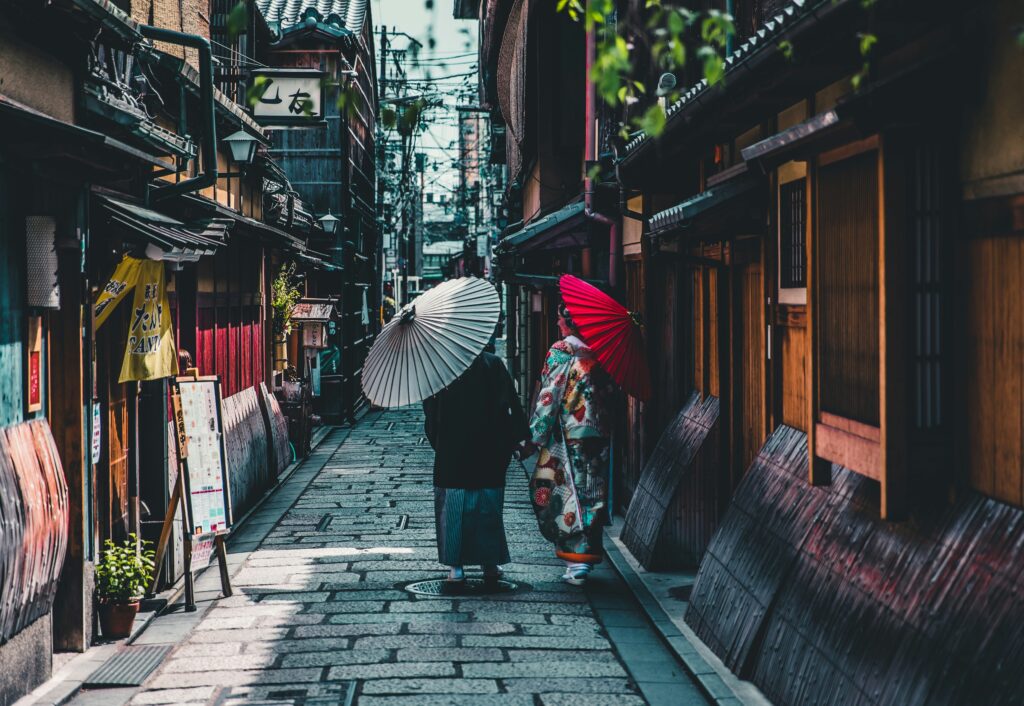
Each of Kyoto’s neighborhoods tells a different story. Gion draws you in with wooden teahouses and the quiet presence of Geiko on evening walks. To the west, Arashiyama pairs riverside views with lush forests and monkey-filled hills. To the east, Higashiyama offers temple-lined lanes and stone-paved streets that feel almost timeless.
At night, Pontocho comes alive. Narrow alleys hum with lantern-lit restaurants and the clink of sake glasses.
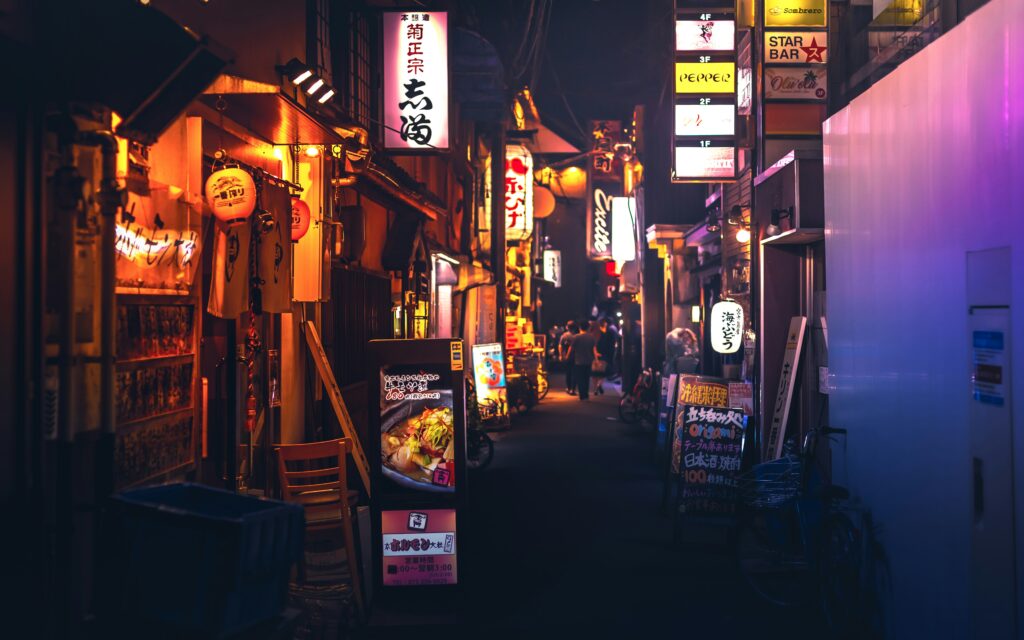
Beyond these well-known districts, Kyoto has even more to explore.
In the north, Sakyo is home to hidden shrines, peaceful walks, and cafés tucked near the Kyoto University campus. Southward, Fushimi blends historic temples with some of Japan’s most respected sake breweries. Central areas like Shimogyo and Minami reflect Kyoto’s more modern, everyday life, with bustling stations, local markets, and working neighborhoods.
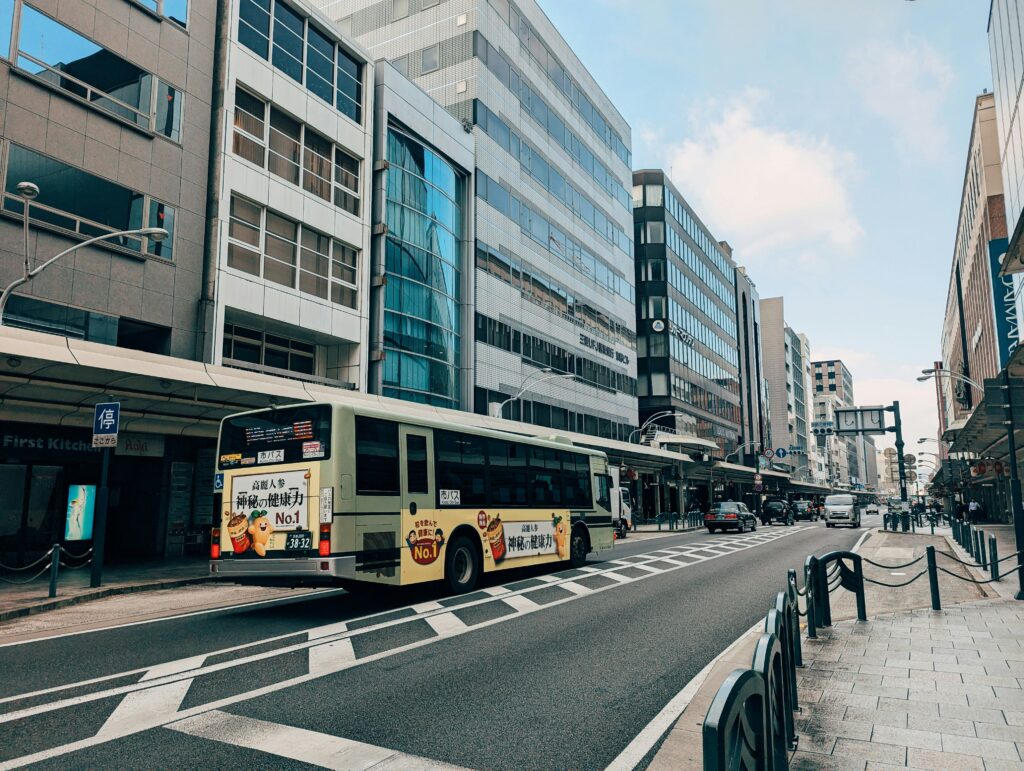
The Nishijin district continues its centuries-old textile legacy, with weavers still at their looms. And just north of the Imperial Palace, Kamigyo holds echoes of courtly life in its quiet gardens and traditional townhouses.
Practical Tips for Visiting Kyoto
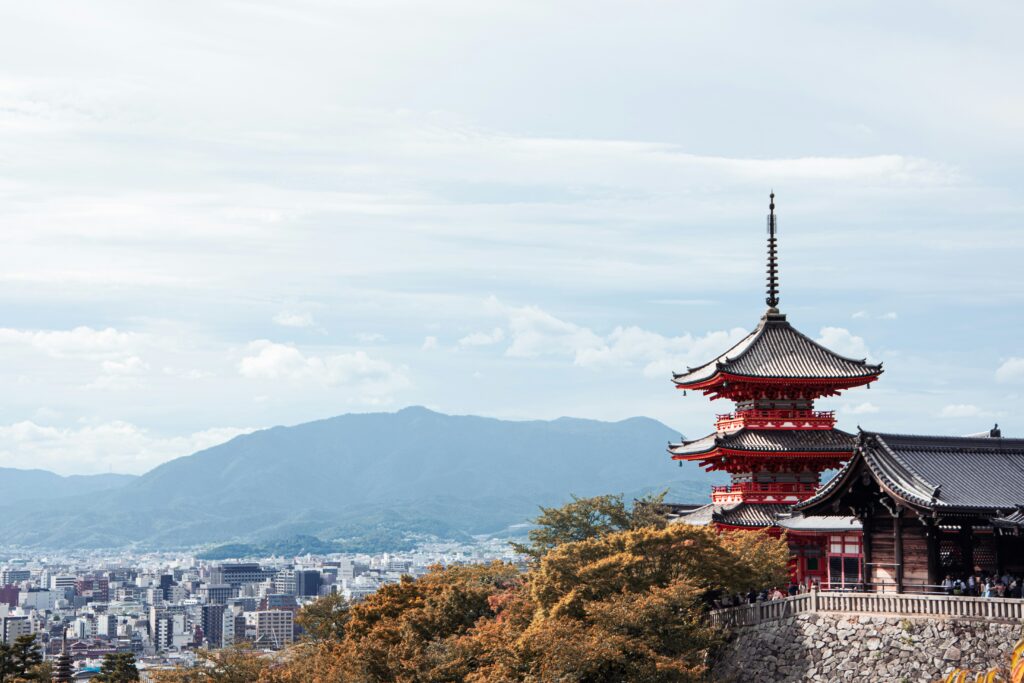
Getting around Kyoto is easier than it might seem. The city’s compact layout makes it ideal for walking, and most major sights are accessible by bus and train. If you’re short on time, the subway offers a fast and reliable option. For a slower pace, consider renting a bicycle. Kyoto is mostly flat, and cycling lets you explore neighborhoods at your own pace.
To make the most of your visit, timing matters. Visiting on weekdays or during the off-season also helps you avoid the largest crowds. And if you’re willing to wander a bit, stepping off the main tourist paths often leads to unexpected and memorable discoveries.
Finally, it helps to keep a few local customs in mind. Kyoto places a high value on quiet respect. Speak softly in temples and shrines, take off your shoes when entering traditional spaces, and ask before taking photos of people. Even small gestures, like a bow or a polite “arigatou gozaimasu,” go a long way. Most of all, treat Kyoto like your home away from home and cherish the small joys you uncover during your travels.

